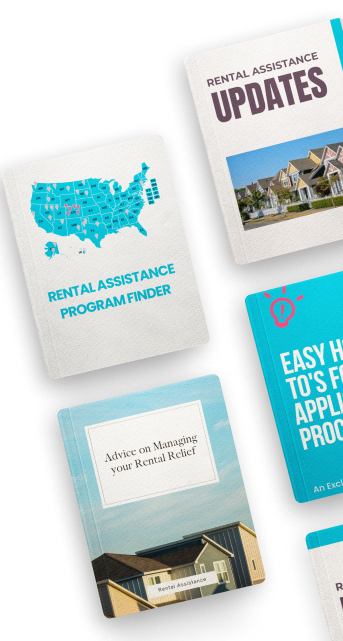How Low-Income Housing Tax Credits Help People Find Affordable Homes
The Low-Income Housing Tax Credit (LIHTC) program helps by encouraging builders to create more affordable apartments for people with lower incomes.
Here’s how it works and why it matters.
What Is the Low-Income Housing Tax Credit?
The Low-Income Housing Tax Credit is a federal program that helps pay for the creation and upkeep of affordable rental housing.
The government gives these tax credits to state agencies, which then award them to developers. Developers use these credits to reduce the amount of federal income tax they owe.
This makes it less expensive for them to build or fix up affordable apartments.
Why Is LIHTC Important?
Without these tax credits, many developers wouldn’t be able to afford building housing for people with limited incomes. The tax credits attract investors, giving developers the money they need for their projects.
As a result, more affordable homes become available for the people who need them most.
How Does It Work in New York State?
In New York, there’s a special state program (the NYS Low-Income Housing Tax Credit) to help even more. The program gives out tax credits to encourage the construction of low-cost rental housing for New Yorkers with lower incomes.
Developers must meet income and affordability requirements, make a plan for their project, and follow the rules set by the state.
This program helps create more homes for families, seniors, and people struggling with housing costs.
Who Can Get Low-Income Housing?
To qualify for these affordable apartments, families or individuals must earn below a certain income limit, which depends on where you live and how many people are in your household.
Usually, your income needs to be below a percentage of the average income for your area. This limit changes every year.
How the IRS Section 42 Credit Works
The main part of the federal program is called Section 42. Under this rule, developers who receive tax credits must make sure their apartments stay affordable for lower-income tenants.
There are rules about how much they can charge for rent and who can live there, and these apartments must stay affordable for a certain number of years.
Difference Between Public Housing, Section 8, and Tax Credit Housing
- HUD Public Housing: Government-owned apartments that help low-income people by offering reduced rent based on your income.
- Section 8 Housing (Housing Choice Vouchers): The government gives qualifying families a voucher to help cover their rent in privately owned apartments.
- Tax Credit Apartments (LIHTC): Built by private companies using tax credits. These apartments have lower rent, set by government rules, for low-income tenants.
Why Affordable Housing Programs Matter
Affordable housing programs like LIHTC, Section 8, and public housing are essential. They help families have stable places to live, save money, and build better lives.
They also make neighborhoods more stable and improve local economies.
Government programs and agencies play a big part in making sure affordable homes are available for those who need them most.
-
Find programs that help with rent by signing up here












